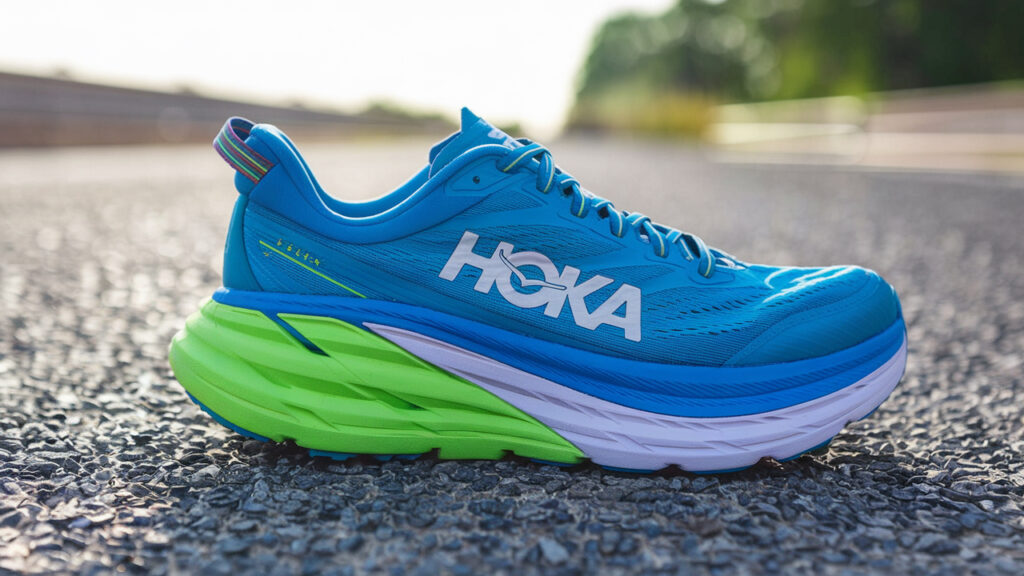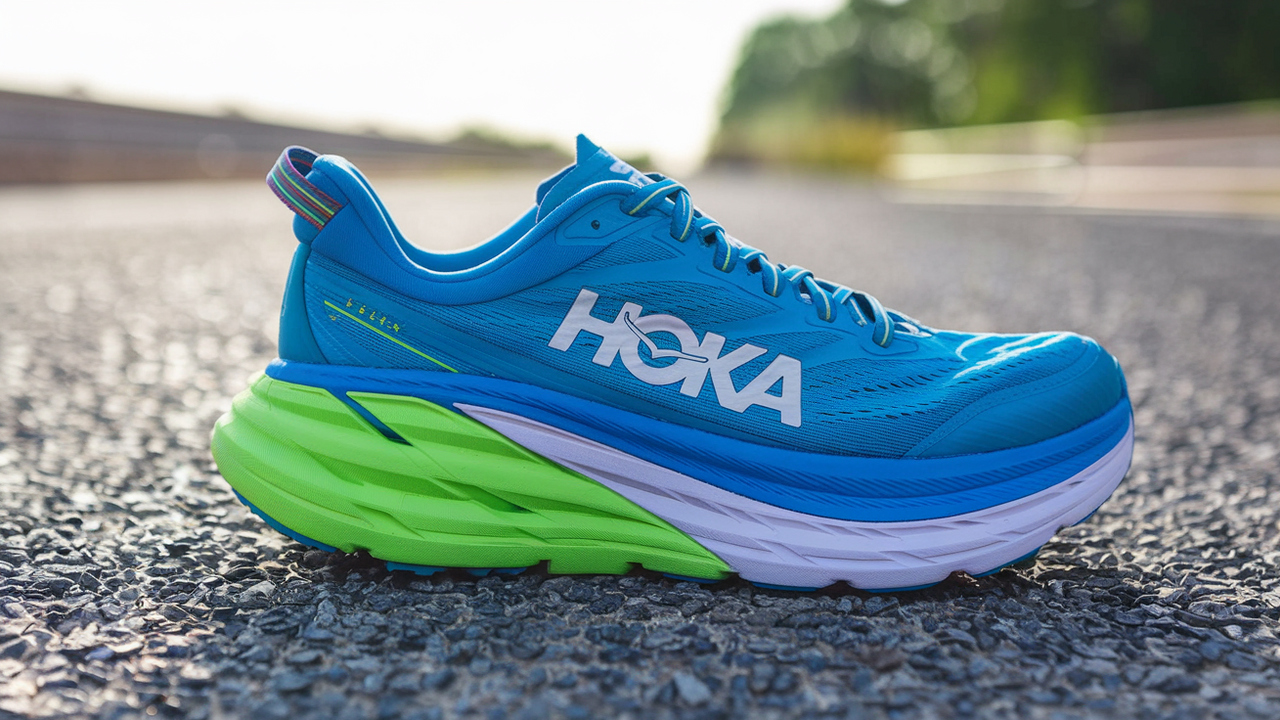Top Hoka Shoes for Shin Splints Prevention
If you’ve ever had shin splints, you know the pain isn’t just uncomfortable — it’s a warning sign. Whether you’re a beginner runner, a regular walker, or someone getting back into shape, shin splints can derail your routine fast.
One of the best ways to prevent them? Investing in the right pair of shoes — and Hoka shoes are among the top choices for reducing shin stress and supporting better stride mechanics.
In this guide, I’ll walk you through the top Hoka shoes for shin splint prevention, why they work, and how to choose the right pair based on your running style and foot type.

Table of Contents
Why Shin Splints Happen — and How Shoes Help
Shin splints (medial tibial stress syndrome) occur when the muscles, tendons, and bone tissue around your shinbone become inflamed — often due to overuse, poor form, or inadequate footwear. Shoes that lack proper support, cushioning, or alignment can make the issue worse.
A good Hoka shoe can help by:
- Absorbing repetitive impact from hard surfaces
- Promoting smoother foot transitions
- Supporting proper alignment and stride mechanics
- Reducing strain on the tibialis anterior muscle
What to Look for in a Shoe to Prevent Shin Splints
When selecting a Hoka shoe to prevent shin splints, focus on:
- Plush, shock-absorbing midsoles to soften impact
- Neutral or stability support based on your gait
- Meta-Rocker technology to assist smooth transitions
- Breathable, flexible uppers to reduce lower leg tension
- A secure heel fit to avoid excessive foot movement
Hoka Clifton 9 – Best All-Around for Shin Splints Prevention
The Clifton 9 offers lightweight cushioning with Hoka’s signature Meta-Rocker sole, making it one of the most well-rounded choices for runners or walkers looking to ease or avoid shin splints. It’s ideal for daily training and transitions well from walking to running.
Best for:
- Neutral runners
- Daily training and walking
- Mild to moderate shin discomfort
Available on Amazon:
Hoka Bondi 8 – Best for Maximum Shock Absorption
The Bondi 8 is Hoka’s most cushioned shoe, offering deep, plush midsoles that reduce the pounding your shins endure on hard surfaces. This makes it perfect for runners who deal with high-impact issues or are prone to repetitive-stress injuries like shin splints.
Best for:
- Runners or walkers with joint pain
- Long-distance pavement running
- Recovery or high-mileage days
Available on Amazon:
Hoka Arahi 6 – Best for Stability and Overpronation Support
If your shin splints stem from overpronation (your feet rolling inward), the Arahi 6 provides lightweight stability without feeling bulky. It uses J-Frame™ technology to gently guide your stride while keeping cushioning intact — perfect for correcting gait and reducing lower leg strain.
Best for:
- Overpronators
- Flat feet or weak arches
- Preventing alignment-related shin splints
Available on Amazon:
Hoka Rincon 3 – Best Lightweight Option for Shin Splints
For runners who prefer a lighter shoe but still need decent cushioning, the Rincon 3 is an affordable, responsive option. While not as plush as the Bondi, it still offers enough shock absorption to protect against shin splints — especially during shorter, faster runs.
Best for:
- Budget-conscious runners
- Short-to-mid-distance runs
- Lightweight daily training
Available on Amazon:
Tips for Preventing Shin Splints Beyond Shoes
Shoes make a major difference — but they’re just one part of a bigger solution. Here are a few extra tips:
- Warm up and cool down properly before/after runs
- Increase mileage gradually — no more than 10% per week
- Stretch your calves and strengthen your anterior tibialis
- Run with proper form and posture
- Use shock-absorbing insoles or orthotics if recommended
Shin Splint Prevention Starts with Support
Shin splints don’t have to stop your progress. Choosing the right Hoka shoe can make a huge difference in both preventing and recovering from shin pain. With models designed for cushioning, gait correction, and smooth transitions, Hokas offer solutions for every type of runner and walker.
Top Picks Recap:
- Clifton 9 – Best all-around balance
- Bondi 8 – Maximum cushion and softness
- Arahi 6 – Best for overpronation correction
- Rincon 3 – Best lightweight budget choice
Are Hokas Good for Beginners with Shin Splints?
Absolutely. One of the main causes of shin splints in beginners is starting too fast in unsupportive shoes. Hokas, especially models like the Clifton 9 and Bondi 8, offer the ideal balance of softness and structure, which helps new runners ease into training without overloading their lower legs. Their rockered soles also make it easier to develop a smoother stride early on.
Do Hoka Shoes Help with Shin Splints from Walking?
Yes — shin splints aren’t exclusive to runners. People who walk long distances on hard surfaces can also develop them, especially with improper footwear. Hokas like the Bondi 8 or Arahi 6 are great for walking-related shin pain because they reduce ground impact and provide better alignment during heel-to-toe transitions.
Which Hokas Are Best for Heavier Runners with Shin Splints?
Heavier runners often experience more shock with each step, increasing the risk of shin splints. The Bondi 8 is ideal in this case because it offers maximum cushioning and durability, especially on treadmills or pavement. If stability is also needed, the Gaviota 5 provides a strong alternative with additional arch support and structure.
Hoka for Treadmill Runners with Shin Pain
Treadmill running may feel soft, but the repetitive motion can still cause shin irritation. Lightweight Hoka models like the Clifton 9 or Rincon 3 work well on treadmills because they offer responsive cushioning without being overly bulky. Their breathable uppers also help manage indoor heat, keeping your feet dry and comfortable during long sessions.
When to Replace Hokas if You Have Shin Splints
Even the best shoes lose their effectiveness over time. If you’re dealing with shin splints, don’t push your Hokas past 400–500 miles. Once the midsole starts to flatten or you notice a decrease in responsiveness, it’s time for a new pair. Running in worn-out shoes can re-trigger or worsen shin pain — especially on hard surfaces.

